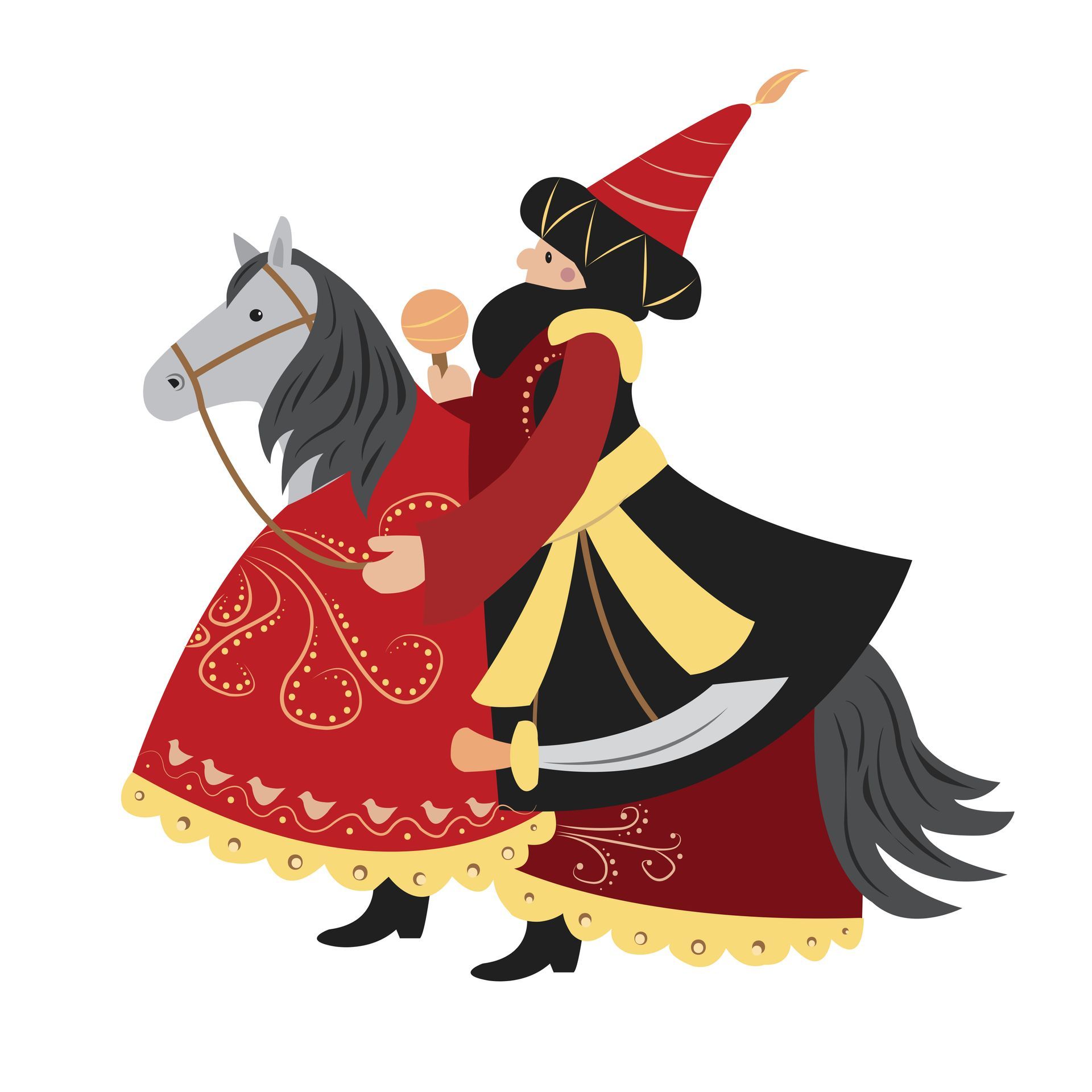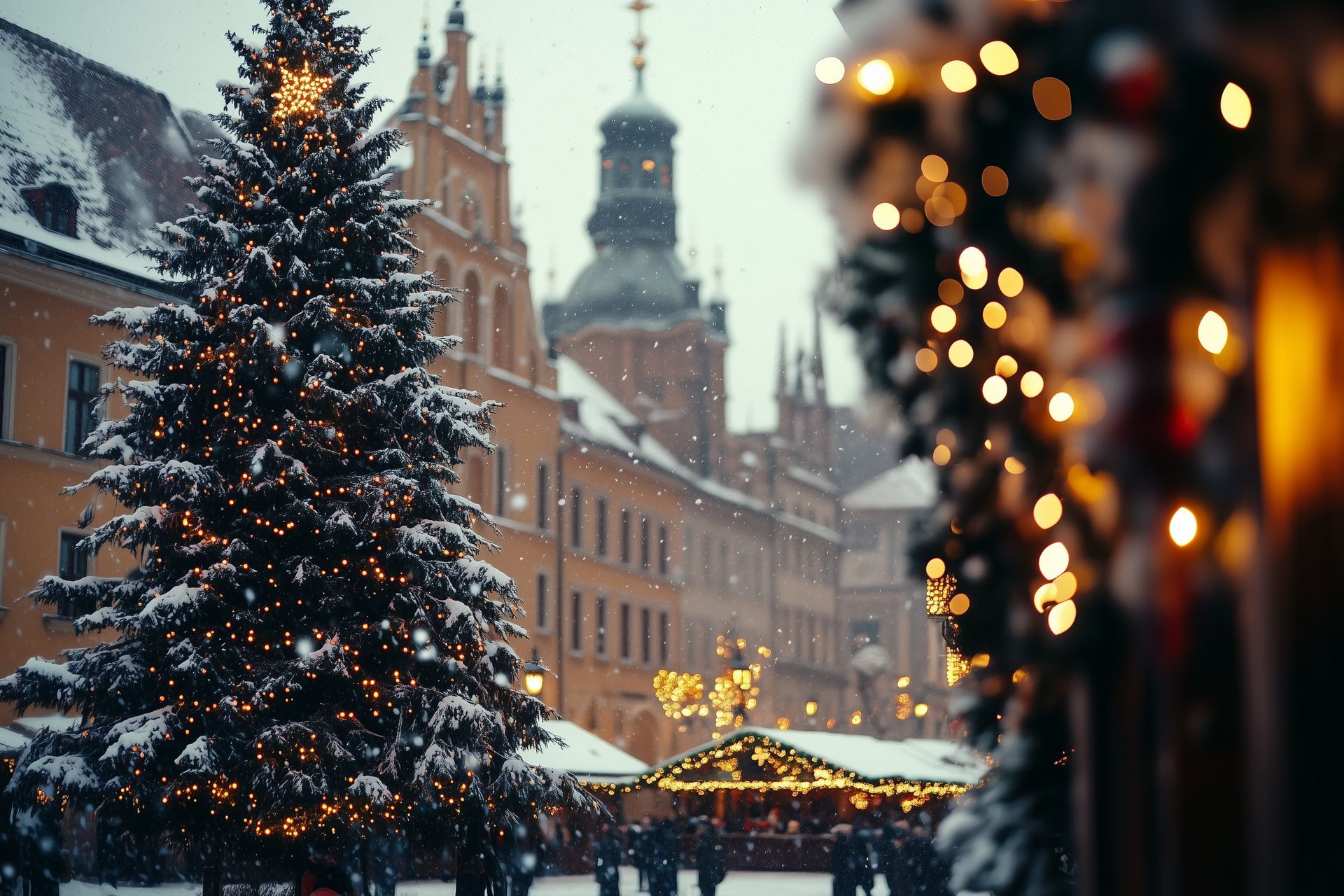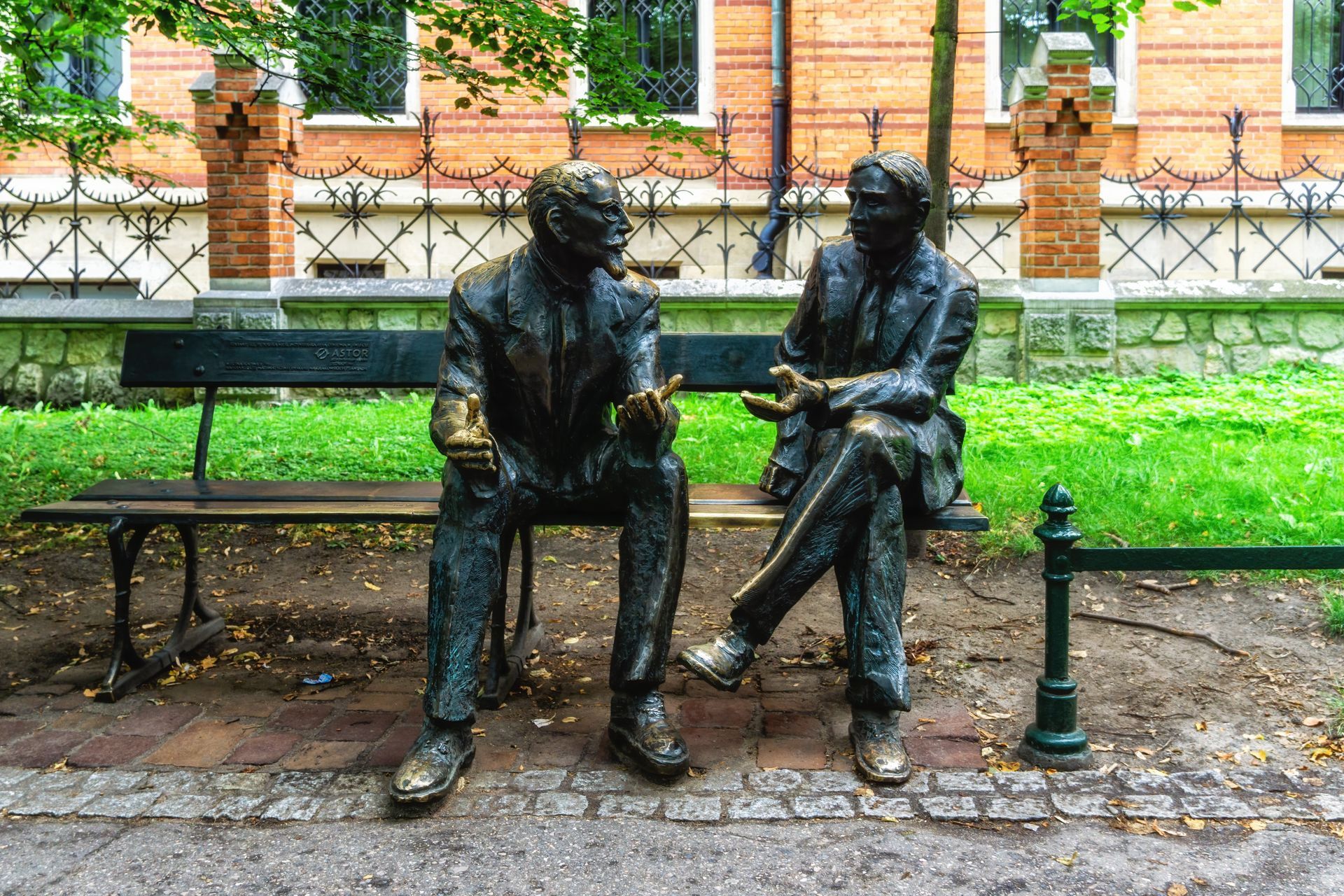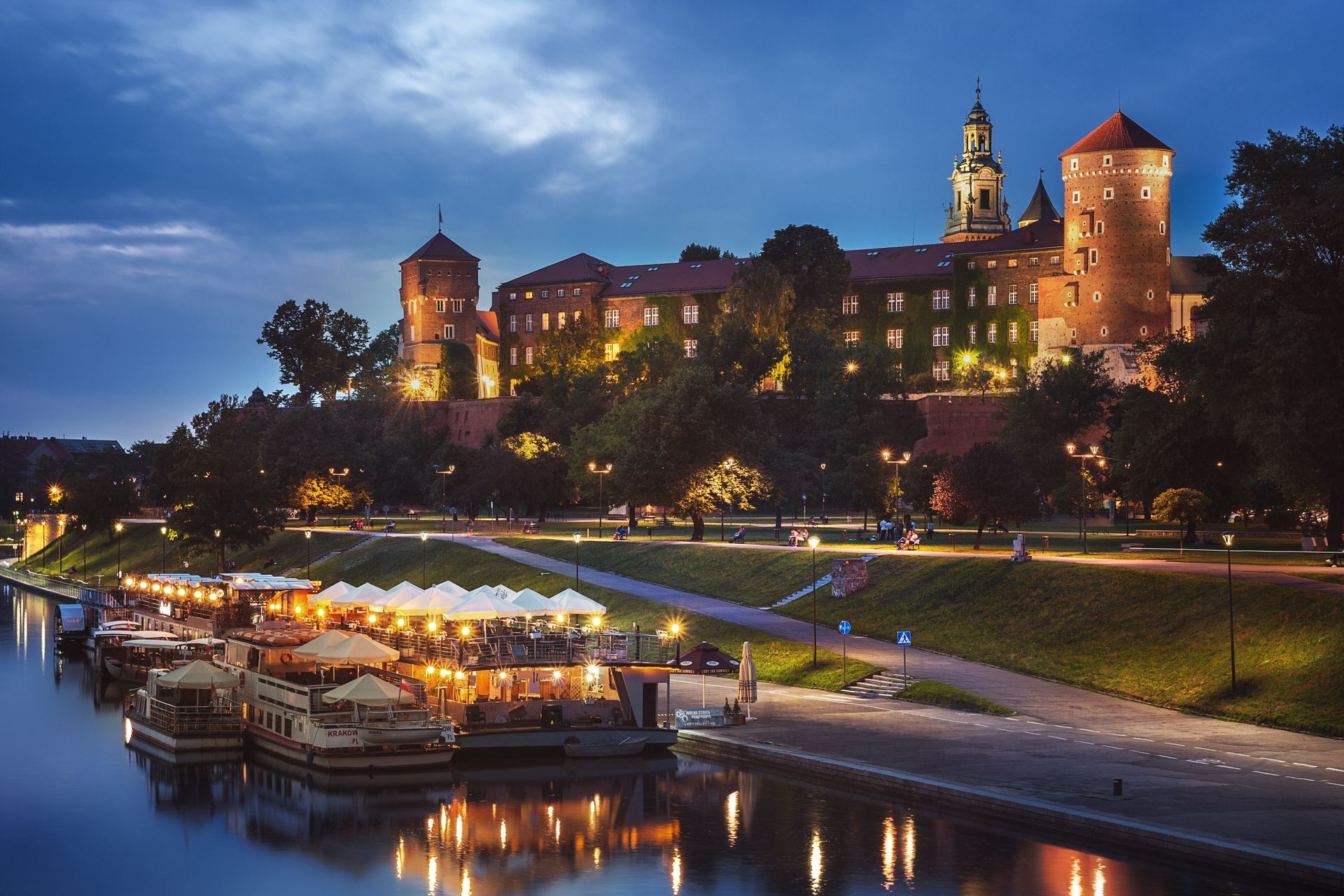Bugle call from St. Mary's tower
A melody played every day, every hour, day and night, in winter and summer, to the four corners of the world.
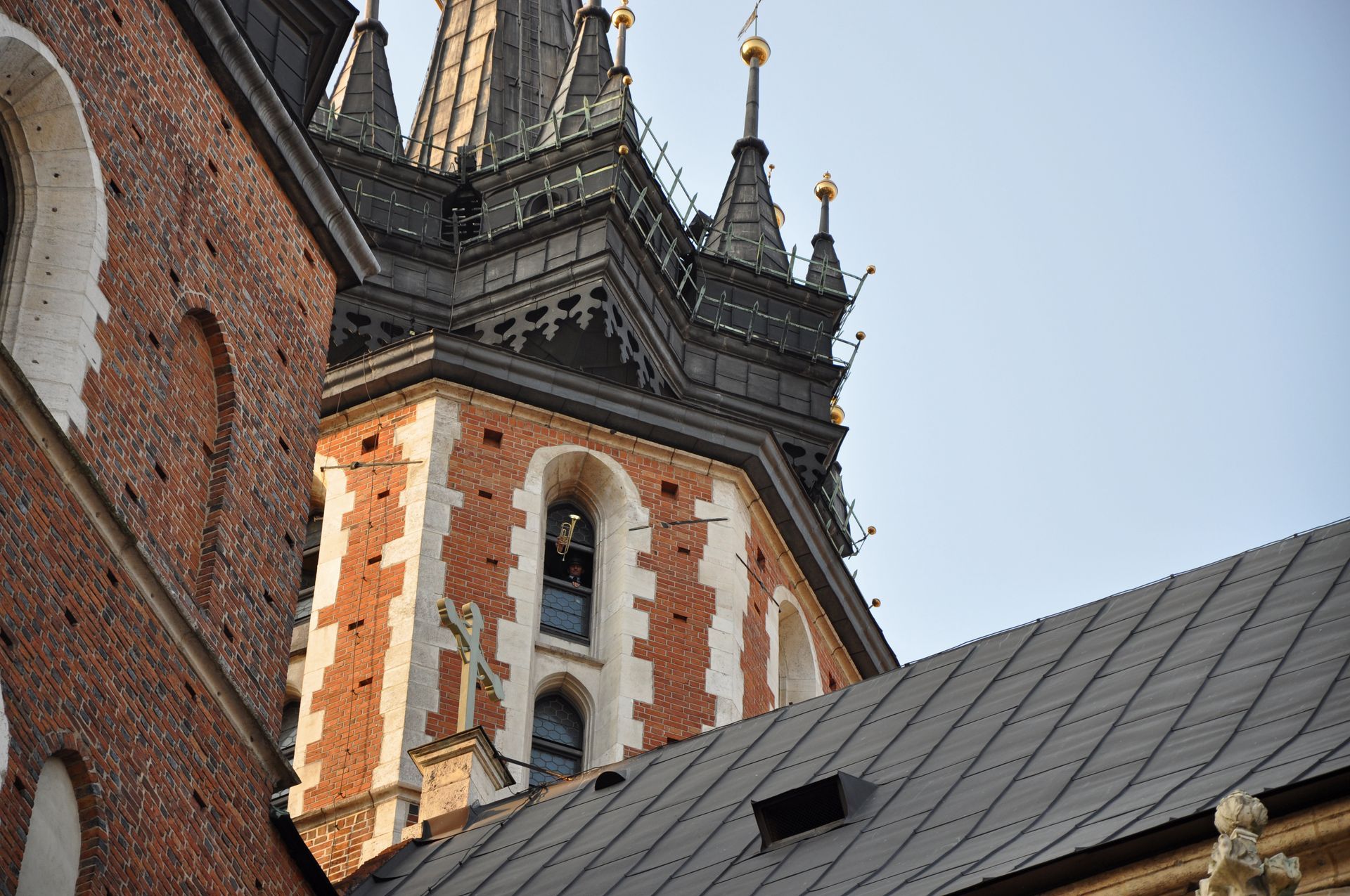
Did you know that during one day the bugle call from St. Mary's Tower in Krakow is played 96 times? Melody can be heard 4 times every full hour. Tradition says that the first melody is played to the south, towards Wawel, for the king. Then west, for the president of the city. Then for tourists, so to the north, where the Barbican is located. The last trumpet, east, used to be for merchants, now it's for the Fire Chief, to the Small Square. Each trumpeter is on shift for 24 hours and plays the bugle call 48 times during this time. On one shift there are two trumpeters. Only once did it happen that four trumpeters played the bugle call at once, to the four sides of the world. It took place on June 5th, 2003, on the occasion of the 130th anniversary of the establishment of the Krakow Professional Fire Service. The bugle call sounds from the Hejnalica, the higher tower of St. Mary's Church. The tower is 82 meters high. To become a bugle caller, you must have minimum secondary education, the ability to play the trumpet, be a fireman, and have the good physical condition because to get to the bulge callers’ room, you have to climb 272 steps.
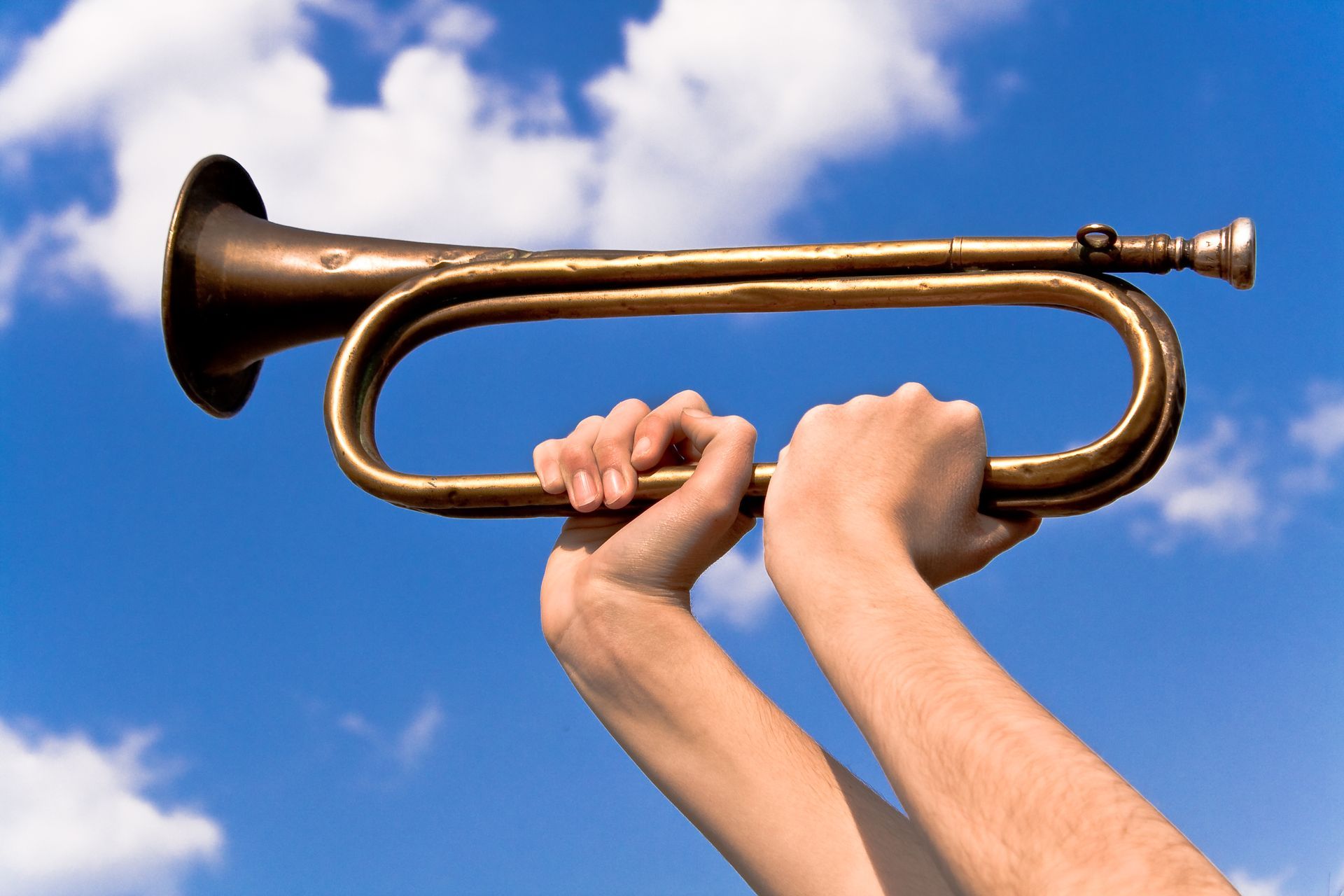
The tradition of playing the bugle call dates back to the Middle Ages. In the old days, the bugle call was a signal to open or close the city gates. Another function of the bugle call was to warn of danger, such as riots in the city, fire, or the attack of hostile troops. The melody suddenly stops at some point. Do you know why? Well, in 1241, the Tatars reached Kraków. According to the legend, the guard on the tower began to play the bugle call to warn the citizens of Krakow against the danger. He managed to warn the city of the attack, but he was lethally hit by a Tartar arrow. That is why the bugle call melody ends so suddenly - in the same place where the heroic guard stopped playing it. In 1927, Polish Radio started broadcasting the bugle call every day at noon directly from the tower of St. Mary's Church in Krakow. The tradition of playing the bugle call was interrupted during World War II with the entry of the Nazis. The Germans suspended the bugle call but resumed it on Christmas 1940. Back then it was played twice a day. Now the only exception to playing the bugle call are important moments for Polish people. On the day of Wisława Szymborska's funeral, the melody to the words "Nothing Twice" was played; and the death of John Paul II was celebrated with the song "Mother's Tears". On the anniversary of Marek Grechuta's death, melodies from his works are played.
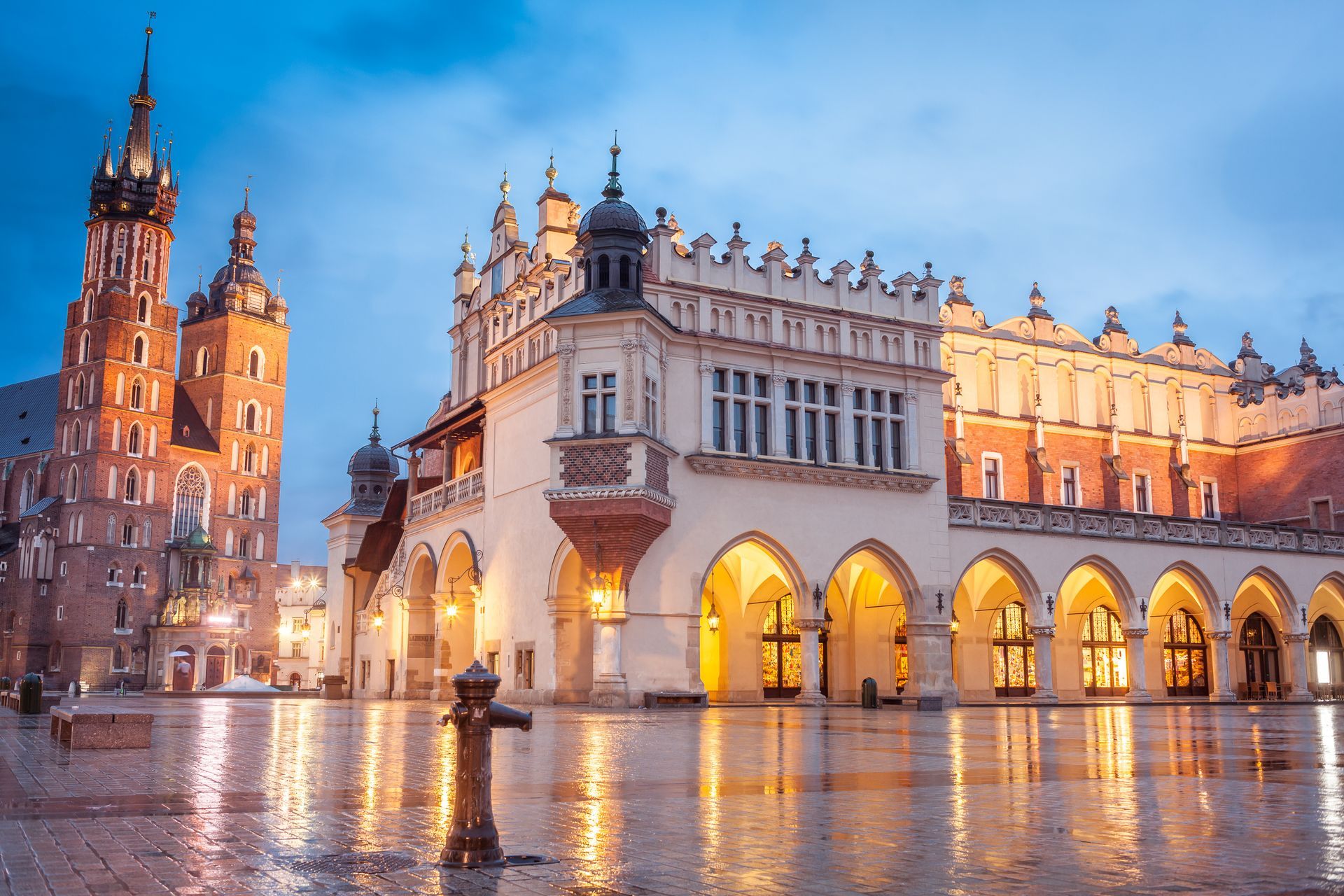
When visiting Krakow, it is worth going to Main Square for around a full hour. This melody is one of the most recognizable melodies in Poland, it is also known outside the country.
Let's meet at the Main Square to listen to the unique melody together
Magnetic Tours




